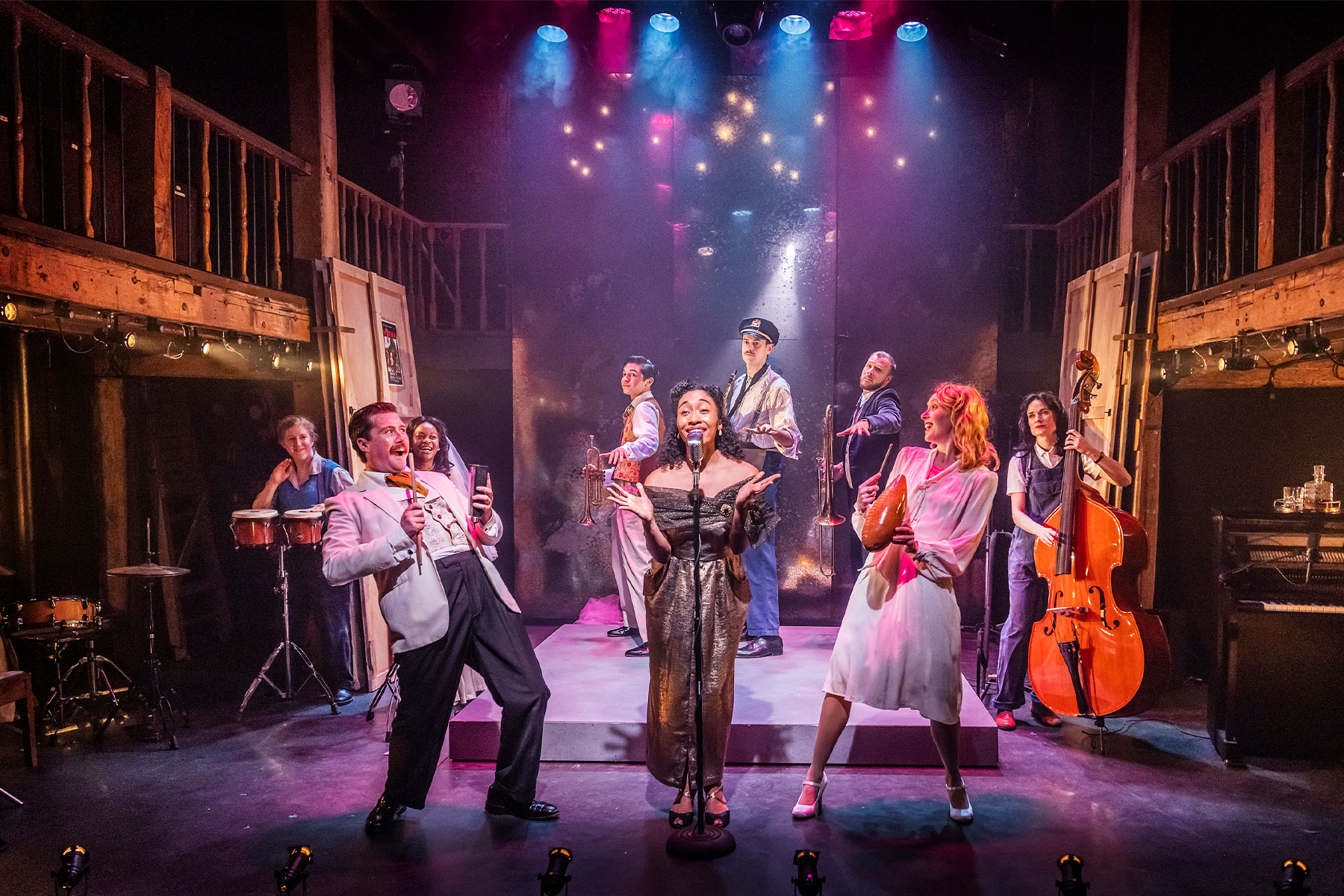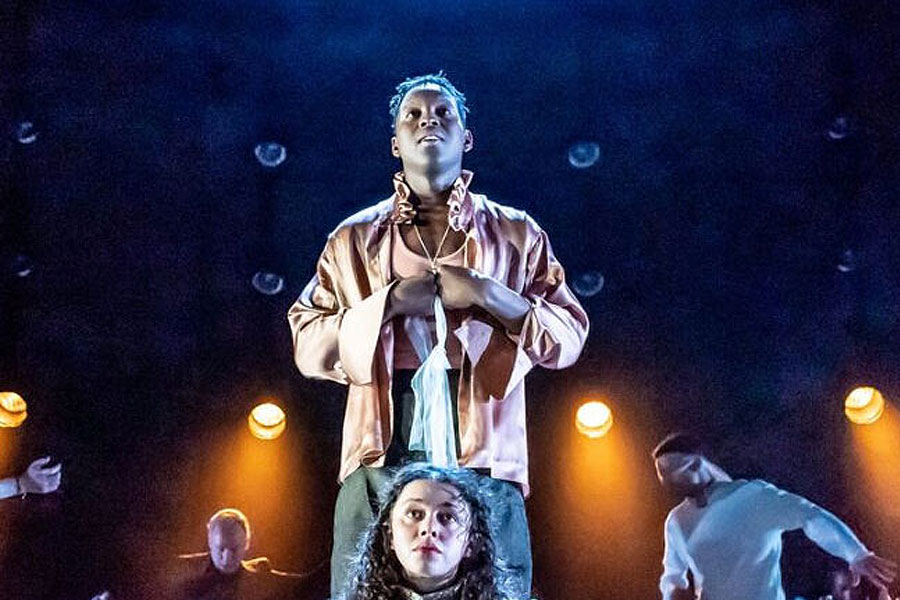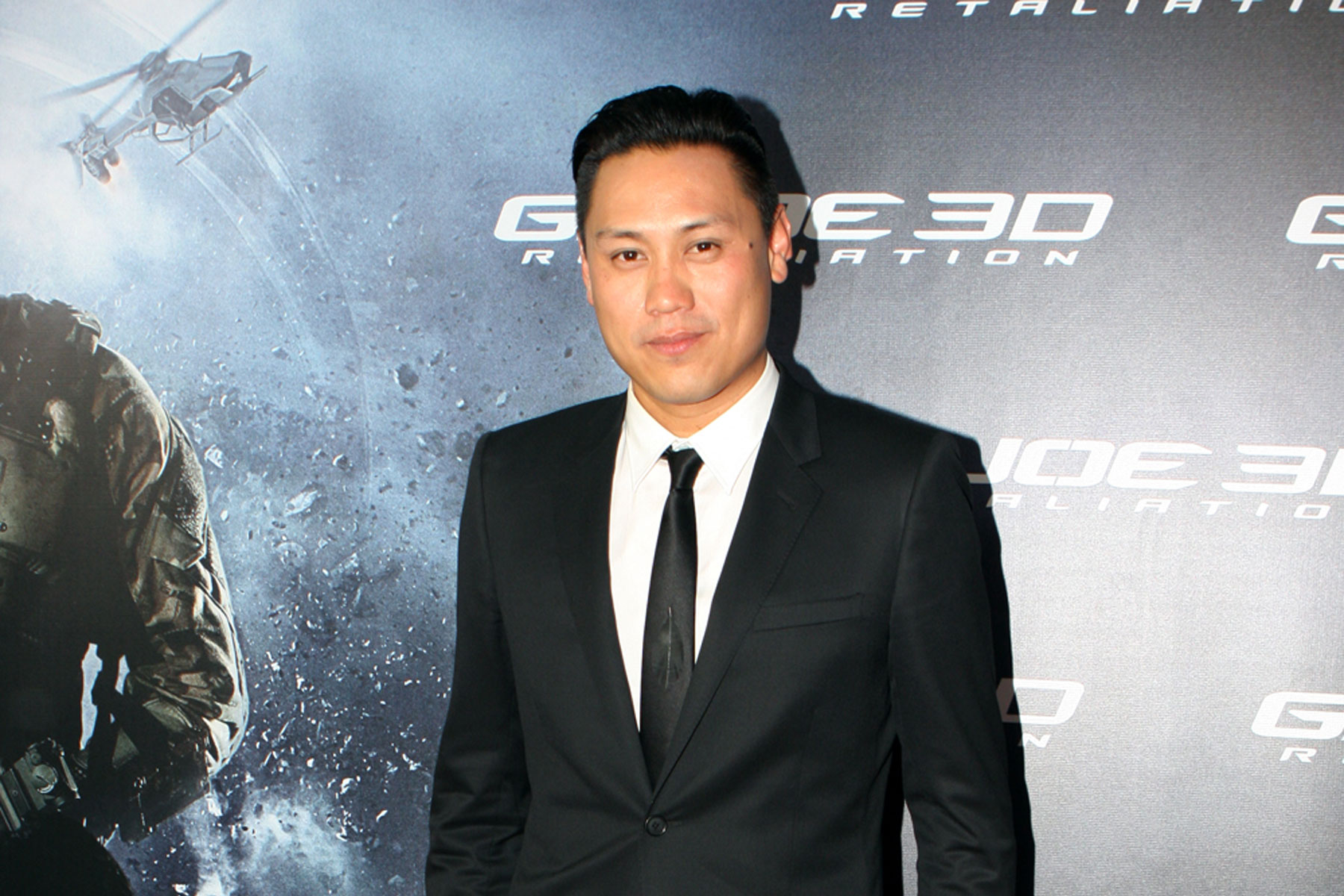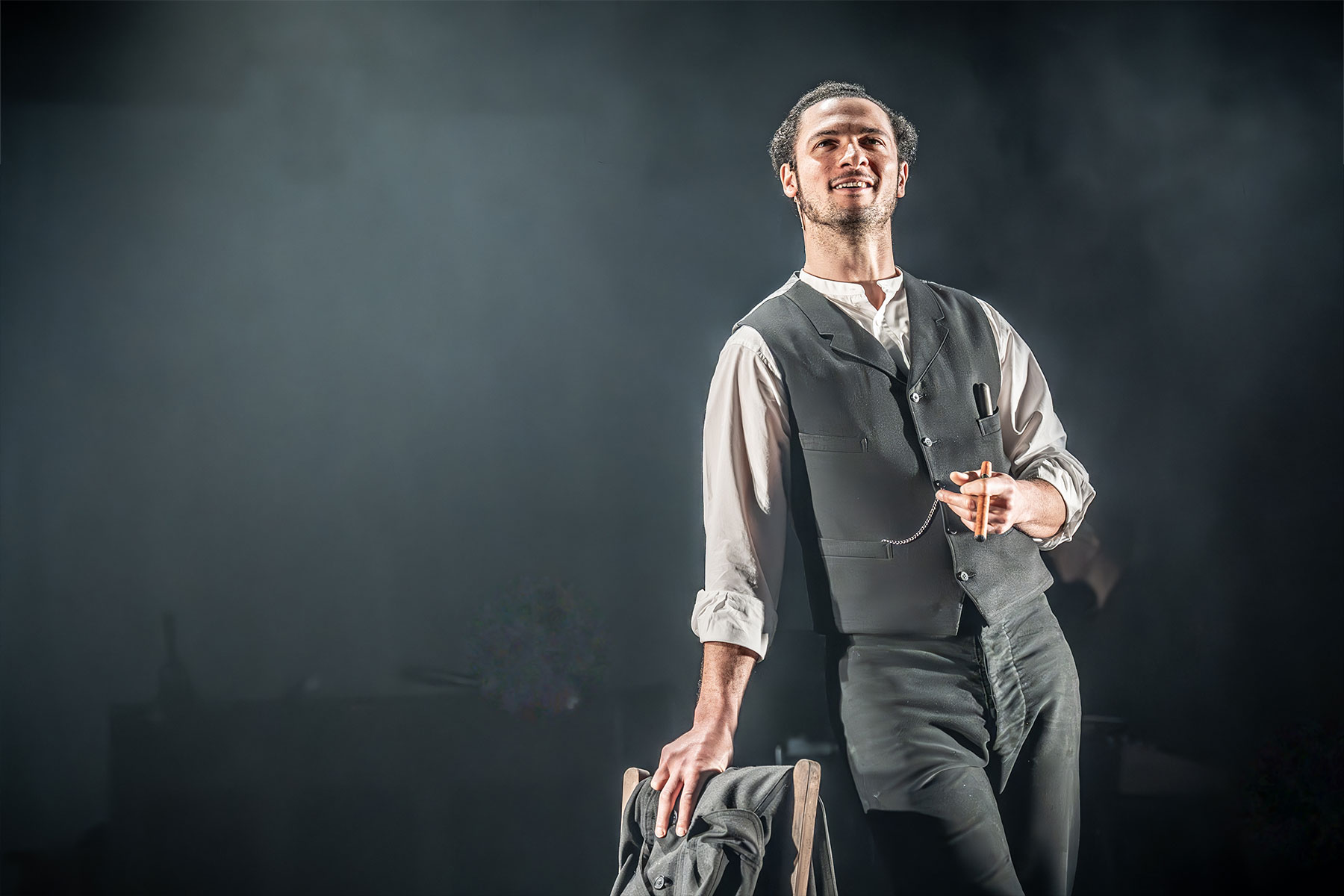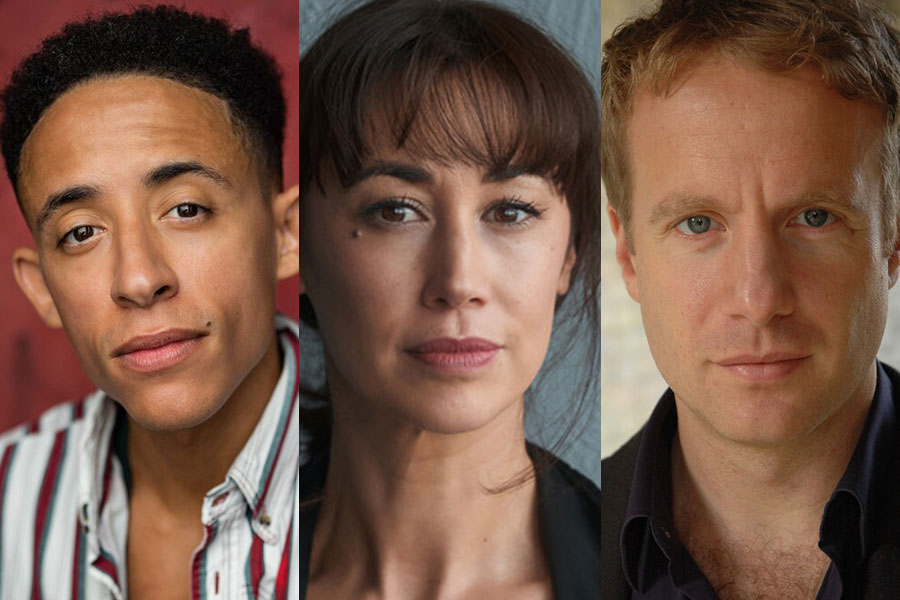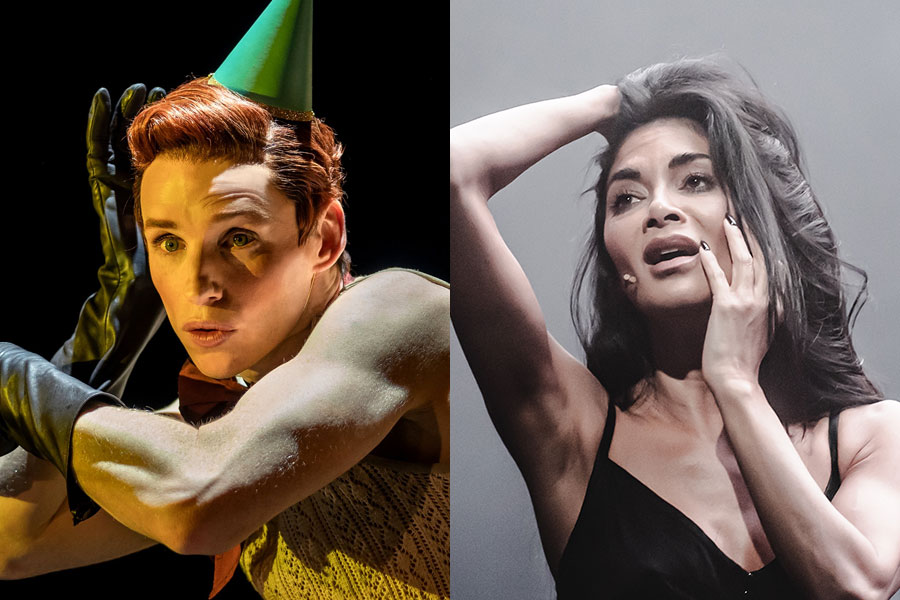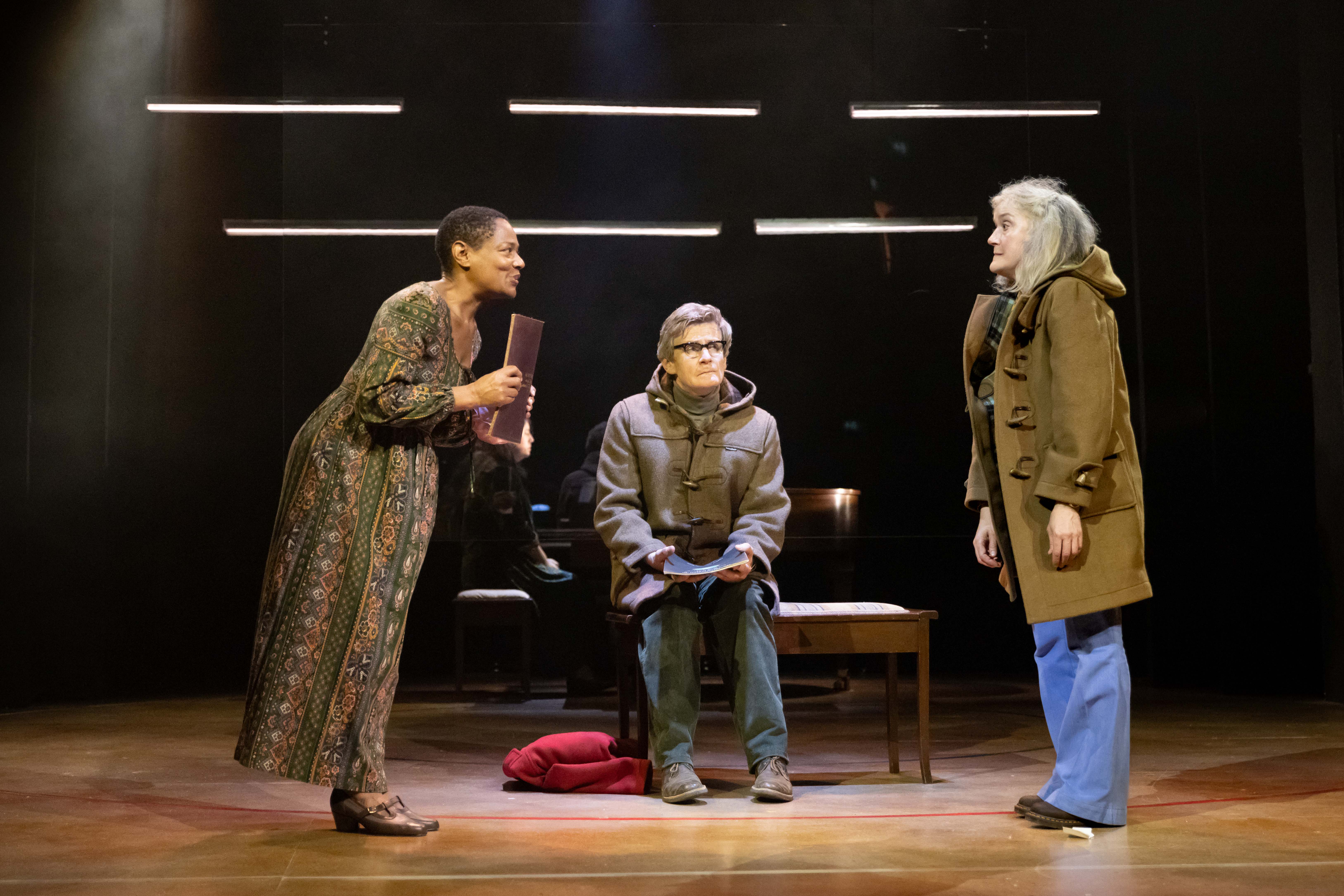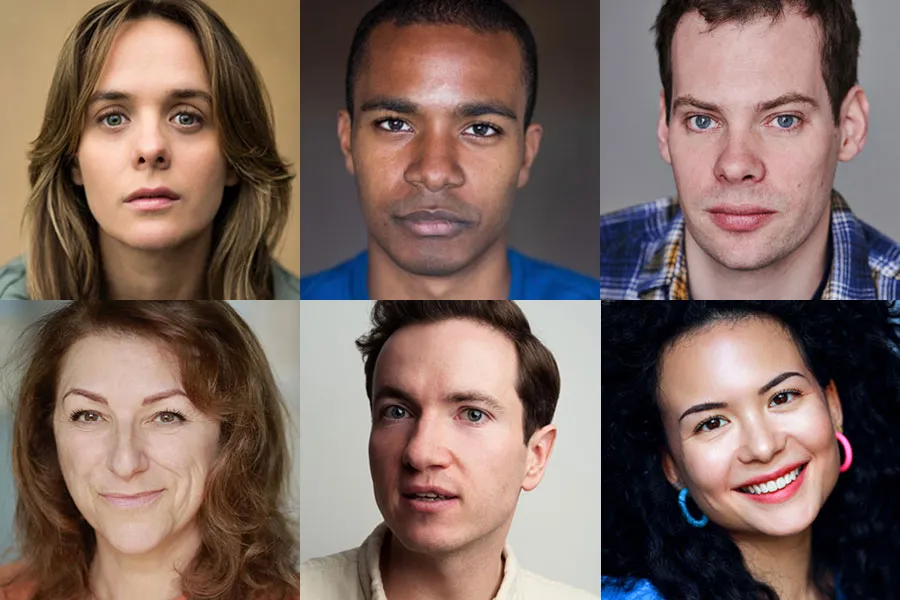”Hamlet” with Ian McKellen – Edinburgh Fringe review
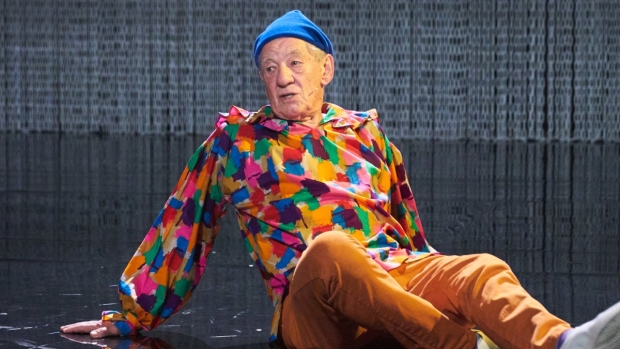
© Devin De Vil
It is wonderful that at the age of 83, Ian McKellen has enough energy and curiosity to want to return to the Edinburgh Fringe to perform in a 75-minute dance version of Hamlet. It is also always worth listening to him speak any passage from Shakespeare, revelling in the flexibility, depth and meaning he conjures from the words.
But I had to keep reminding myself of those two facts strongly and frequently during a production which gives a whole new meaning to the phrase “dumb show”, and which surrounds McKellen with banal danced tableaux that swiftly tell the story of the play.
The whole thing is devised and choreographed by Peter Schaufuss, a Danish dancer who, in his performing heyday in the 1970s and early 1980s, was a true international star, glamorous and talented. Afterwards, he ran English National Ballet, founding its school, followed by spells in charge of Berlin Ballet and the Royal Danish. But his choreographic endeavours have been less successful; his Diana The Princess was a ballet that is hard to forget for all the wrong reasons. He now owns St Stephens, running a company called Edinburgh Festival Ballet and a school.
The best bits of this Hamlet are those where McKellen is centre stage. He gets to do most of the famous soliloquies (sometimes truncated, sometimes in full) and not much more, but his presence, always watchful, always involved, provides the emotion that the rest of the production singularly lacks.
Against a chain mail backdrop on which views of Elsinore are suggested by Benny Goodman’s evocative lighting, he is twinned with Johan Christensen’s dancing Hamlet, both reacting to the unfolding action. But it is McKellen who, over and over again, provides insight and feeling; he greets Katie Rose’s delicate Ophelia with a tender smile. Christensen on the other hand throws off a sequence of jumps. Later McKellen gazes at Yorick’s skull, his face full of meaning, while Christensen races round the stage doing pirouettes.
The dancers, including Schaufuss’s son Luke as a floppy-haired Horatio, and a brief appearance from Schaufuss himself as the Ghost, are skilful. But the choreography is both inexpressive – jumps for emotion, arabesques for entrances, writhing on the floor for agony – and crushingly obvious. When Christensen has to show an idea, he literally puts a bright finger to his head. It feels curiously dated, stuck somewhere between the pageants of the 1950s and the experiments of the 1970s, and it is not helped by Ethan Lewis Maltby’s droning electronic score.
It makes me grumpy because it means that anyone tempted to try dance because they love McKellen, will go away thinking it is this old-fashioned clunky thing, rather than a rich, flexible, exciting art form. McKellen is marvellous and it is a gift to see him return to a part he first played in Edinburgh in 1971, and last in Windsor two years ago. About the rest, there should be silence.



